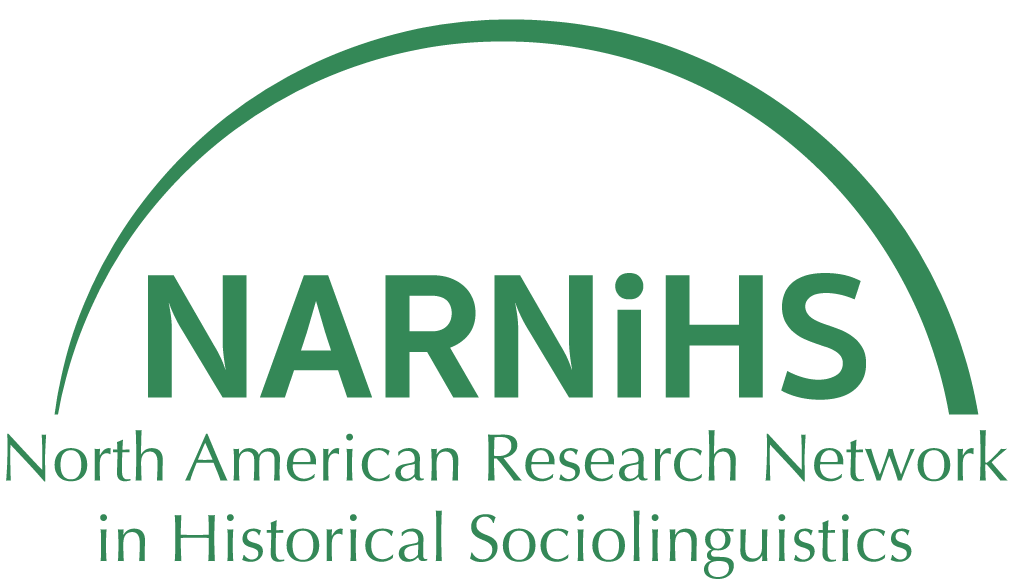 Inaugural Conference
Inaugural Conferenceof the North American Research Network in Historical Sociolinguistics
21-22-23 July 2017 — co-located with the 2017 LSA Linguistic Institute (University of Kentucky)
 Inaugural Conference
Inaugural ConferenceKeynote Presentation: The Present and Future of Historical Sociolinguistics

|
Prof. Dr. Stephan Elspaß Universität Salzburg, Austria Date / Time / Location: Friday, 21 July 2017, 7:00-9:00 pm Jacob Science Building, Room 321 University of Kentucky Lexington, Kentucky, USA |
Abstract:
Historical sociolinguistics has developed into a vibrant field of research in historical linguistics in the new millennium. It has shifted the focus to the 'social' in the histories of languages, and it has enriched the study of historical linguistics by accounting for 'external' factors in the description and explanation of historical language variation and language change. Crucially, the (re)discovery of new (old) data, the advances in corpus linguistics and greater efforts to conduct comparative studies have sparked off a whole range of exciting research activities and new projects in the last two decades. Their findings help us to reconstruct historical language use and the social factors that had an effect on its variation and change, thus contributing to an understanding of language as a socio-cultural phenomenon. In effect, such findings sometimes cast a different light on traditional narratives of language histories and encourage alternative interpretations.
In the first part of my talk, I will try to map the field by giving a brief account of main topics and projects in present-day historical sociolinguistics. In the second part, the focus is on two core areas of research which not simply complement studies in historical linguistics, but may lead to findings that could not be achieved by other than historical-sociolinguistic approaches. As one such area, I will identify the study of standardisation processes, in particular viewed from a language history 'from below' perspective. Related to this is the study of the effects and limits of prescriptivism, in particular with respect to present-day variation. The examples and case studies are mainly from German; examples from other European languages will be referred to for comparative purposes.